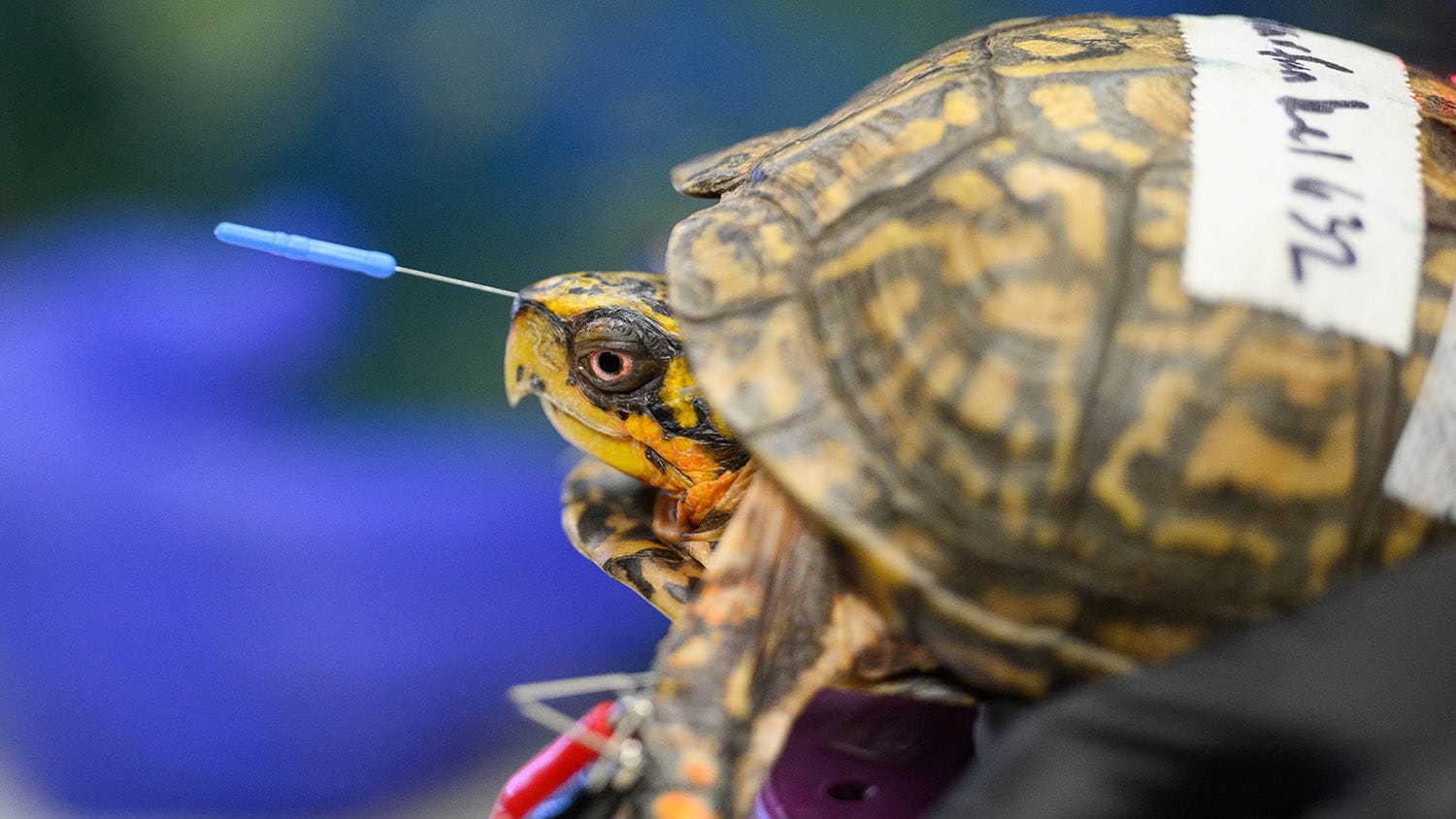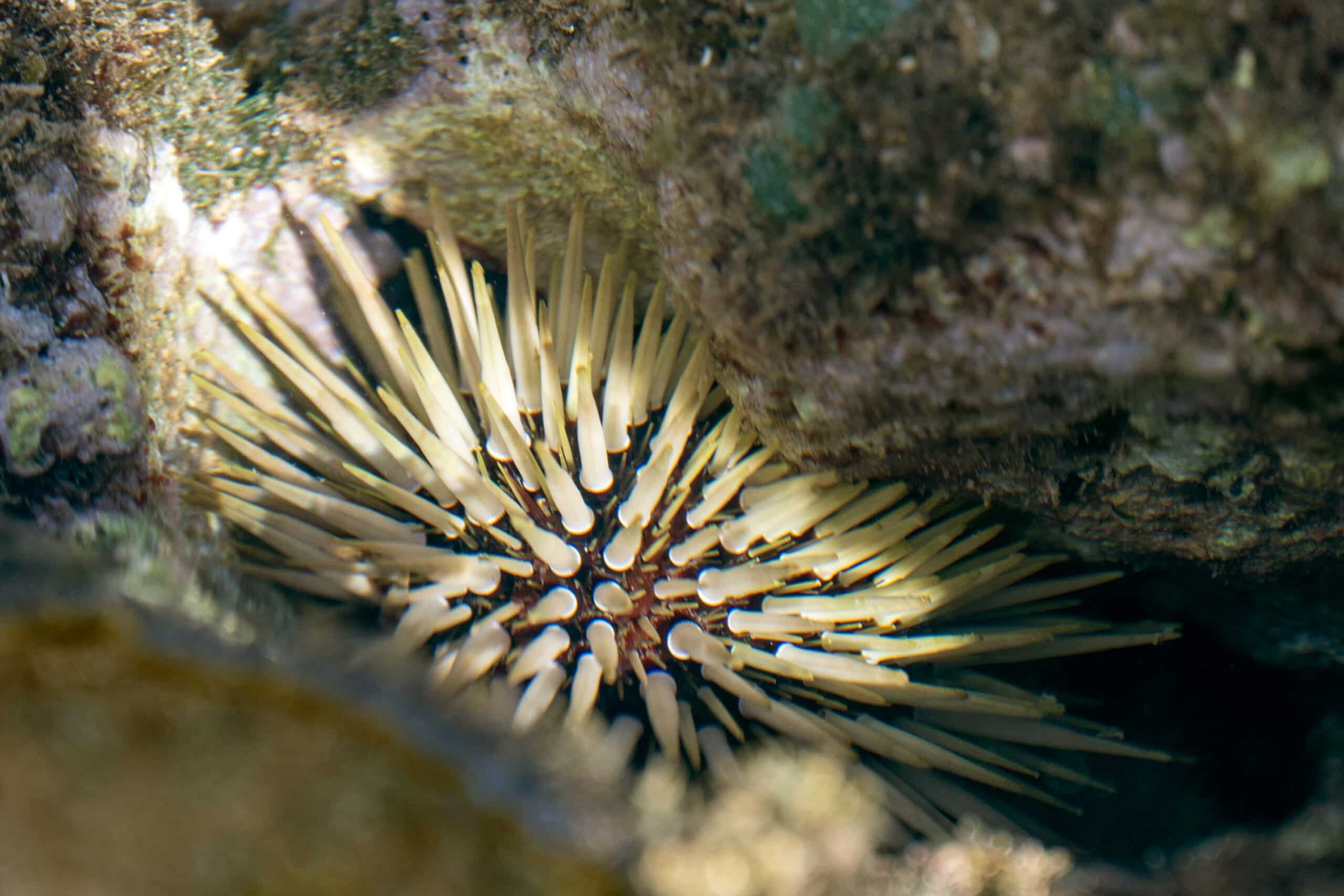Podcast: Animal Acupuncture


Acupuncture has been around for millennia, but did you know that it’s been used on animal patients for just as long as it has been used on humans? Tara Harrison, associate professor of zoo and exotic animal medicine, tells us more.
According to Harrison, the earliest known acupuncture treatments in animals were performed on horses. In the modern era, the treatment has seen an uptick in companion animals like dogs and cats.
Why acupuncture, though?
“Pain management; pain relief [are] probably the main things that I use acupuncture for,” Harrison says. “So this is something else to try to help to relieve that pain or to find a treatment for it.”
It’s also used for treating reproductive and GI issues – and the list of animals Harrison has treated is impressive.
“I’ve done actually literally lions, tigers and bears,” Harrison says. “But I also have done elephants [and] anteaters. I do a lot of rabbits, guinea pigs, chickens, peafowls, snakes [and] lizards. I’ve done quite a few things.”
And as you may imagine, getting a tiger to sit still for an acupuncture treatment – particularly if it’s in pain – isn’t easy.
“If there’s not a chance the animal’s going to hold still there are other methods I can use, such as aqua-acupuncture,” Harrison says. “So I’ll inject vitamin B12 at the acupuncture points.
“But if the animal wasn’t trained or when an animal’s in pain, I may use what’s called a ‘cold laser’ or photobiomodulation, a specialized laser that can also activate the points.”
Harrison has treated arthritic bears as well as paralyzed peacocks and guinea pigs. But for her, the main reason for the treatment is simple.
“I see it as an area where I can provide help for these animals when there aren’t any other options,” Harrison says. “And I think it really does make a difference.”


